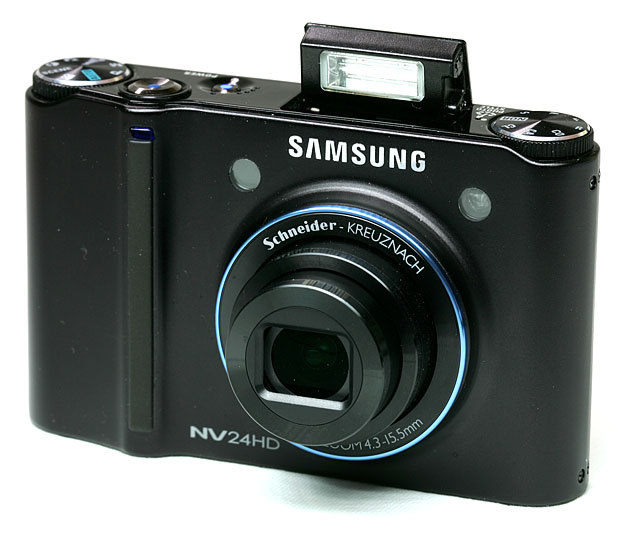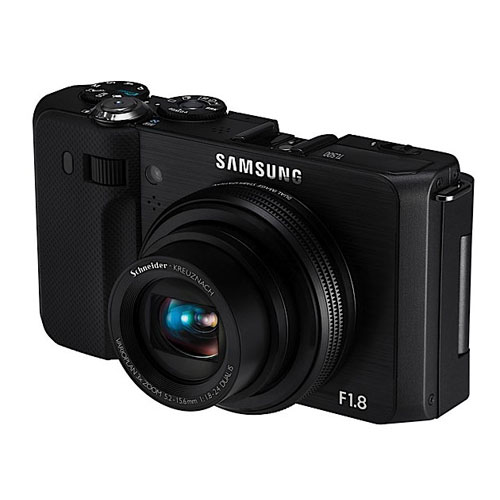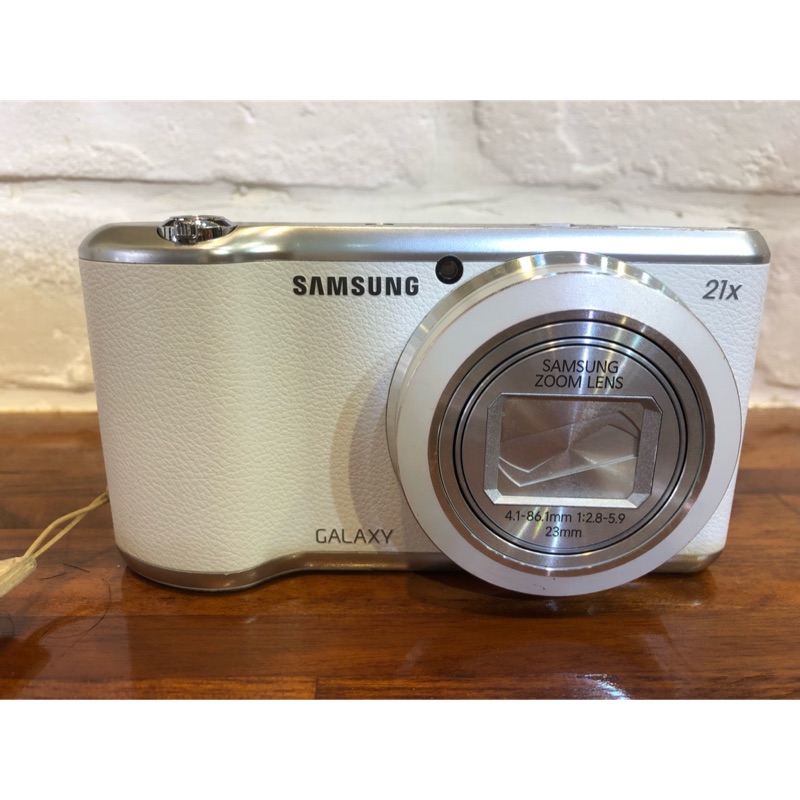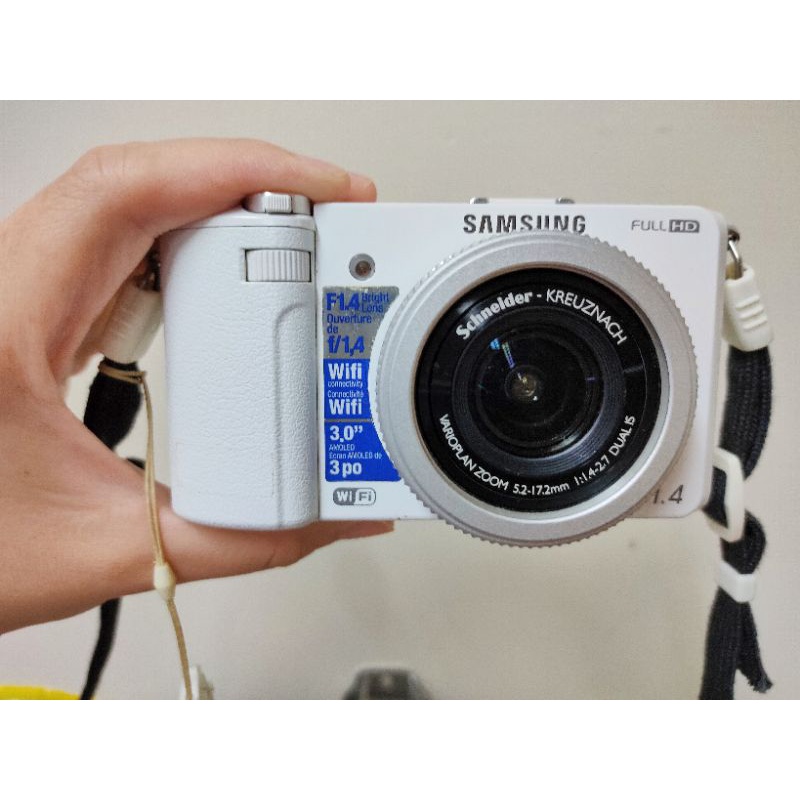Encountering a ‘Samsung Camera Failed’ error can be frustrating, especially when you’re trying to capture a moment quickly with your Samsung smartphone. This error can be caused by software glitches, conflicting third-party apps, or hardware issues. In this troubleshooting guide, we’ll walk you through a series of steps to help you resolve this common problem and get your camera working again.
Basic Troubleshooting Steps
Restart Your Device
The first and most straightforward step to resolve any minor software issue, including the ‘Samsung Camera Failed’ error, is to restart your smartphone. This action can clear temporary files, free up memory, and potentially fix glitches that could be causing the camera to malfunction. Hold the power button, select ‘Restart,’ and wait for your device to reboot before attempting to open the camera app again.
Clear Camera App Cache and Data
Another effective solution is to clear the cache and data for the camera app. This process removes temporary files and settings that could be corrupted and causing problems. To do this, navigate to ‘Settings,’ then ‘Apps,’ and find the Camera app in the list. Tap on ‘Storage,’ and you will see options to ‘Clear Cache’ and ‘Clear Data.’ Be aware that clearing data will reset the camera app to its default settings, so you might need to set up your preferences again afterward.

Advanced Troubleshooting Techniques
Check for Software Updates
Outdated software can sometimes lead to compatibility issues and result in errors. It’s important to keep your device up to date with the latest firmware. Go to ‘Settings,’ select ‘Software Update,’ and then choose ‘Download and install.’ If there are any available updates for your device, install them. Updates can include bug fixes that might resolve the camera issue.
Operate in Safe Mode
If the error persists, you can boot your Samsung device in Safe Mode to check if a third-party app is the culprit. Safe Mode starts your phone with only the original software and apps that came with it, disabling all third-party apps installed after purchase. To enter Safe Mode, press and hold the power button and then press and hold the ‘Power off’ option on the screen until the ‘Safe Mode’ prompt appears. If the camera works in Safe Mode, then a third-party app is likely causing interference. Uninstall recently downloaded apps one by one and test the camera after each uninstall to identify the problematic app.

Seeking Professional Help
Visit a Samsung Service Center
If none of the above steps work, it’s time to consider that there might be a hardware issue with your camera. In this case, it’s best to have it inspected and repaired by a professional. Visit a Samsung Service Center or contact Samsung Support for assistance. The technicians there can diagnose the problem and, if necessary, replace the camera hardware.
Consider a Factory Reset
As a last resort, you can perform a factory reset. This will revert your device back to its original system state by erasing all data, including apps, photos, and settings. Before proceeding, back up all important data to your Samsung Cloud, Google account, or a computer. To perform a factory reset, go to ‘Settings,’ then ‘General management,’ and tap on ‘Reset.’ Choose ‘Factory data reset’ and follow the prompts. Please note that this step should only be taken if you’ve exhausted all other options and are comfortable with the risk of data loss.

Preventive Measures and Maintenance
Regularly Update Apps
To prevent future camera failures, regularly update all apps on your device, including the camera app. App developers frequently release updates to fix bugs and improve performance. Keep your apps up to date by visiting the Google Play Store, tapping on your profile icon, and selecting ‘Manage apps & device.’ Under ‘Updates available,’ you can choose to update apps individually or update all.
Avoid Overloading the Phone’s Memory
A common cause of various errors, including camera failures, is an overloaded phone memory. To maintain optimal performance, avoid filling your device’s storage capacity to the brim. Periodically transfer photos, videos, and other large files to cloud storage or an external storage device and uninstall apps that you no longer use.

Ensuring Optimal Camera Performance
Manage Background Processes
Excessive background processes can strain your device’s resources and may lead to the camera failing. To ensure your camera app has enough system resources to function properly, regularly close unused apps running in the background. You can do this by tapping the ‘Recent Apps’ button and swiping away the apps you’re not currently using. Additionally, consider disabling or uninstalling bloatware and other unnecessary apps that start up automatically and run in the background.
Protect Your Device From Environmental
Factors Extreme temperatures, humidity, and exposure to water can all affect your device’s performance, potentially leading to errors like ‘Samsung Camera Failed.’ Always use your device within the recommended operating conditions. If you expose your phone to harsh conditions, give it time to acclimate back to room temperature before using the camera. Using a protective case can also help shield your device from physical impacts and environmental damage, which could otherwise compromise the camera’s functionality.

Long-Term Device Care and Camera Usage
Regular Hardware Checks
Periodic checks of your device’s hardware can catch early signs of wear and tear that might affect the camera’s performance. Look for any visible signs of damage, such as cracks around the camera lens or debris that might obstruct the lens or sensors. Use a soft, dry cloth to gently clean the lens. If you encounter issues with focusing or unusual artifacts in your photos, it might indicate a hardware problem that warrants professional attention.
Optimizing Device Settings
To get the most out of your Samsung camera, optimize your device settings. This includes adjusting the power saving settings to ensure the camera app isn’t being limited by battery conservation measures. Additionally, explore the camera app’s settings to set the default picture and video quality, which can affect performance. Lower resolutions will save on storage space and may reduce processing load, while higher resolutions will deliver better quality at the cost of increased file sizes and possibly longer processing times.
By following these troubleshooting steps, you increase the chances of resolving the ‘Samsung Camera Failed’ error on your own. However, if these solutions don’t work, don’t hesitate to seek professional help to ensure your device’s camera is repaired properly. Regularly updating your apps and managing your phone’s storage can help prevent similar issues from occurring in the future.